By Kat McDaniel, Principal at MEDiAHEAD
 Since we entered the packaging and labeling industry, I have been fascinated and horrified by deceptive labeling on popular products that I see every day in the grocery store.
Since we entered the packaging and labeling industry, I have been fascinated and horrified by deceptive labeling on popular products that I see every day in the grocery store.
If you peruse any aisle, you will see all kinds of food labels touting products as being “healthy choices.” Cholesterol-free, gluten-free, natural, whole-grain and non-GMO, my favorite – no added sugar are just a few examples.
But is it actually healthier?
Many consumers believe these claims mean the food they are purchasing is healthier for them and their family. When what it really means is the companies advertising these products are taking advantage of the lack of understanding of the public to increase their profit.
“The supermarket is full of misleading food marketing, all of which is aimed at unsuspecting customers who simply want to purchase healthy foods for their family,” according to the US Food and Drug Administration. “Unfortunately, consumers don’t always have a good understanding of the verbiage used on the labels.”
The term NATURAL is another one that stands out to consumers.
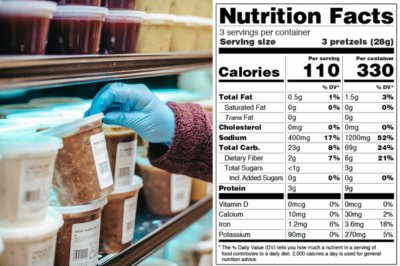 Currently, there is no official definition of natural. Consumers may pay more for the product with the natural label claim even though it is no different from the product next to it without the natural label claim.
Currently, there is no official definition of natural. Consumers may pay more for the product with the natural label claim even though it is no different from the product next to it without the natural label claim.
Although there is an FDA front-of-package labeling initiative to combat misleading food-marketing practices, it will take years and possibly even decades to overcome all the inappropriate and misleading claims.
Educate yourself, learn about ingredients and read the ingredients on every package. I’ve been following Bobby Parrish, who has some excellent tips to help you correctly read labels at the grocery store!
You can find him on Facebook or @bobbyparish on Instgram.

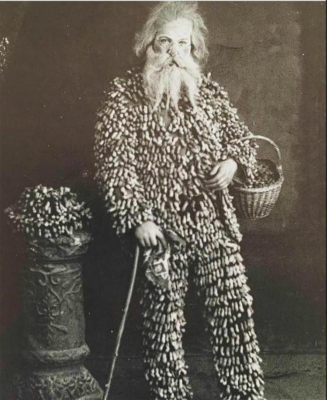

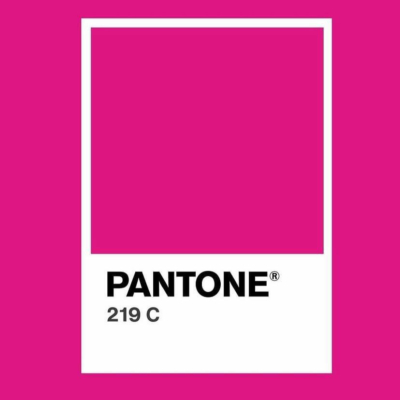
 In the age of digital media, all eyes are observing a brand’s every move. That’s great for brand awareness, but it can easily backfire on a company if they miss the mark, and the retribution is quick and can easily travel to social media platforms.
In the age of digital media, all eyes are observing a brand’s every move. That’s great for brand awareness, but it can easily backfire on a company if they miss the mark, and the retribution is quick and can easily travel to social media platforms. And the absolute worst, customers of Adidas who participated in the Boston Marathon in 2017 received a very poorly worded email from the company – the subject line read.”Congrats, you survived the Boston Marathon!” This message was sent on the heels of the 2013 Boston Marathon bombing, which killed three people and injured more than 250.
And the absolute worst, customers of Adidas who participated in the Boston Marathon in 2017 received a very poorly worded email from the company – the subject line read.”Congrats, you survived the Boston Marathon!” This message was sent on the heels of the 2013 Boston Marathon bombing, which killed three people and injured more than 250.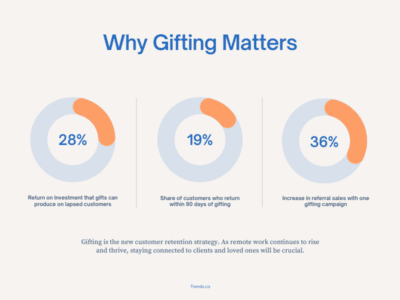
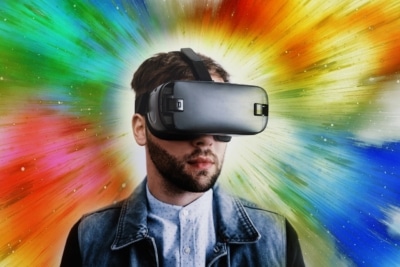 Consumer and Enterprise VR market revenue is expected to reach 6.71 billion by the end of 2022, and 12.9 billion by 2024.
Consumer and Enterprise VR market revenue is expected to reach 6.71 billion by the end of 2022, and 12.9 billion by 2024.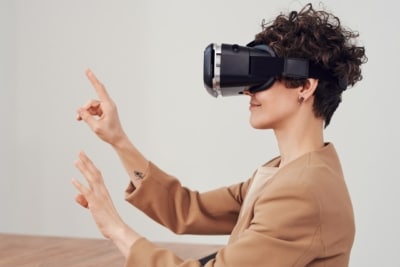 Below are nine of our favorite campaigns.
Below are nine of our favorite campaigns. We are currently working with a company that has 5,000 employees in more than 175 locations, serving all 50 states nationwide. They asked us to build a portal to ease the process for their marketing department. Hundreds of different items were available to all the offices, and they were also going through a re-branding of all their materials.
We are currently working with a company that has 5,000 employees in more than 175 locations, serving all 50 states nationwide. They asked us to build a portal to ease the process for their marketing department. Hundreds of different items were available to all the offices, and they were also going through a re-branding of all their materials. One of our other large clients also has a checklist on their portal for print and promotional items. The attendee can go down the list and check off everything they need for the show, along with a banner, backdrop or booth. We package all the items and ship them to the show with a return label.
One of our other large clients also has a checklist on their portal for print and promotional items. The attendee can go down the list and check off everything they need for the show, along with a banner, backdrop or booth. We package all the items and ship them to the show with a return label. QR codes are back and they are really useful this time! Who would have thunk it?
QR codes are back and they are really useful this time! Who would have thunk it?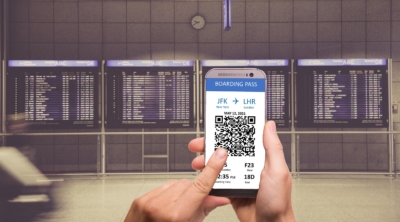 Make it easy for people to sign up for your loyalty program with a QR code, instead of having them to go to your website. They’re quick and error free – typing a URL is time-consuming and inconvenient on a mobile screen and consumers are also likely to make errors.
Make it easy for people to sign up for your loyalty program with a QR code, instead of having them to go to your website. They’re quick and error free – typing a URL is time-consuming and inconvenient on a mobile screen and consumers are also likely to make errors.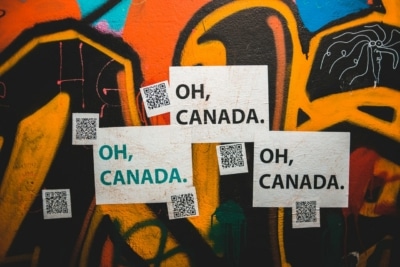 By adding a QR code, you can make your promotions interactive and get input from your target audience. If you run a contest, have them register through the QR code for the product or event to allow your customers to participate. A good example is World Park in NYC – the codes were placed throughout the park and engaged visitors in a quiz on the park’s history, pop culture, art and music, science and geology.
By adding a QR code, you can make your promotions interactive and get input from your target audience. If you run a contest, have them register through the QR code for the product or event to allow your customers to participate. A good example is World Park in NYC – the codes were placed throughout the park and engaged visitors in a quiz on the park’s history, pop culture, art and music, science and geology.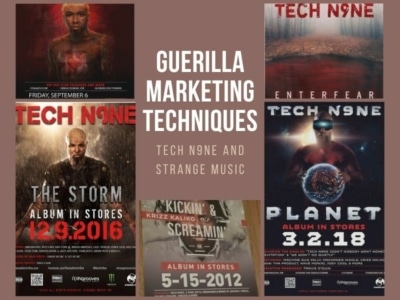
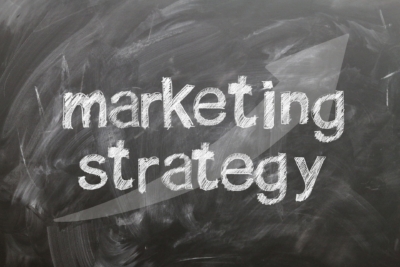 If you’re promoting a smaller brand, think of creative approaches to your work that can maintain guerrilla marketing’s budget-friendly, inbound nature.
If you’re promoting a smaller brand, think of creative approaches to your work that can maintain guerrilla marketing’s budget-friendly, inbound nature.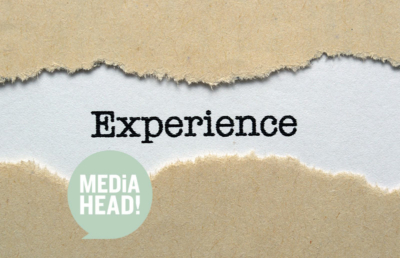
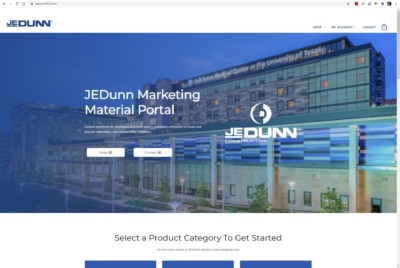 MEDiAHEAD builds all our portals from scratch with software that is constantly updated. Unfortunately, most “out of the box” solutions that are used cannot be modified for a pleasant/user friendly experience.
MEDiAHEAD builds all our portals from scratch with software that is constantly updated. Unfortunately, most “out of the box” solutions that are used cannot be modified for a pleasant/user friendly experience.
